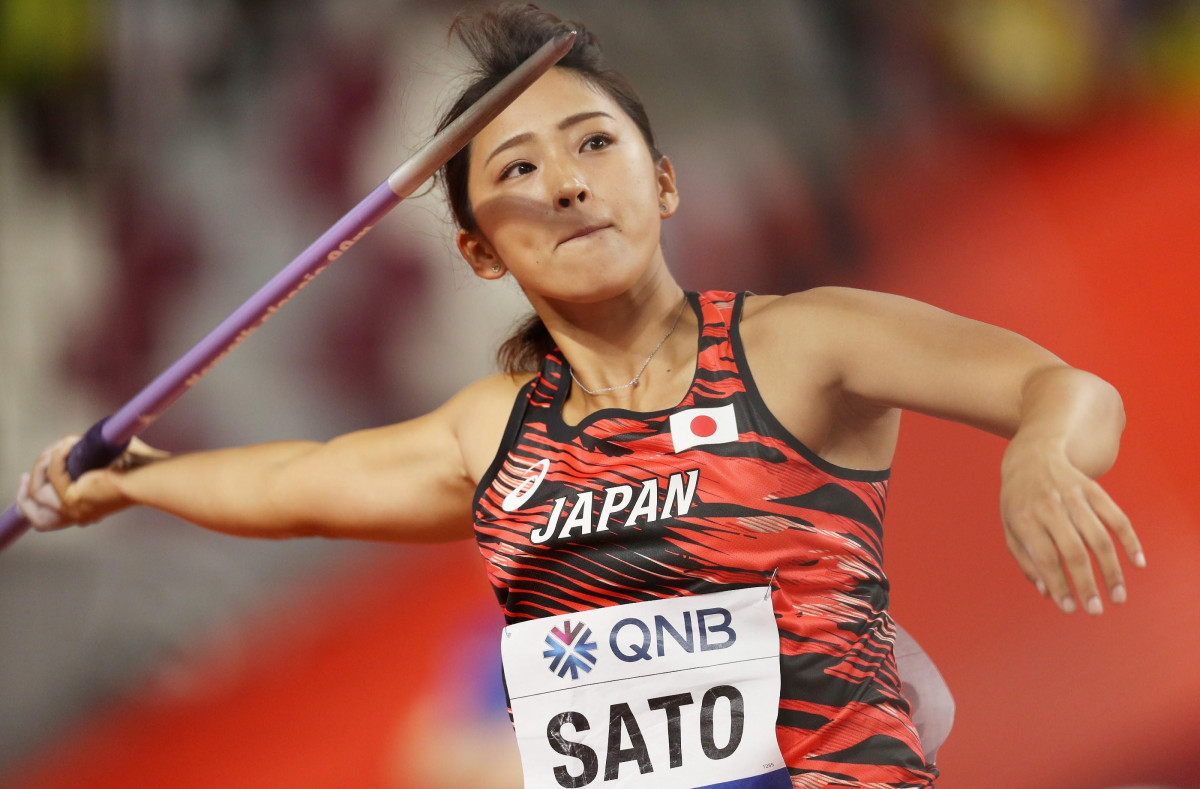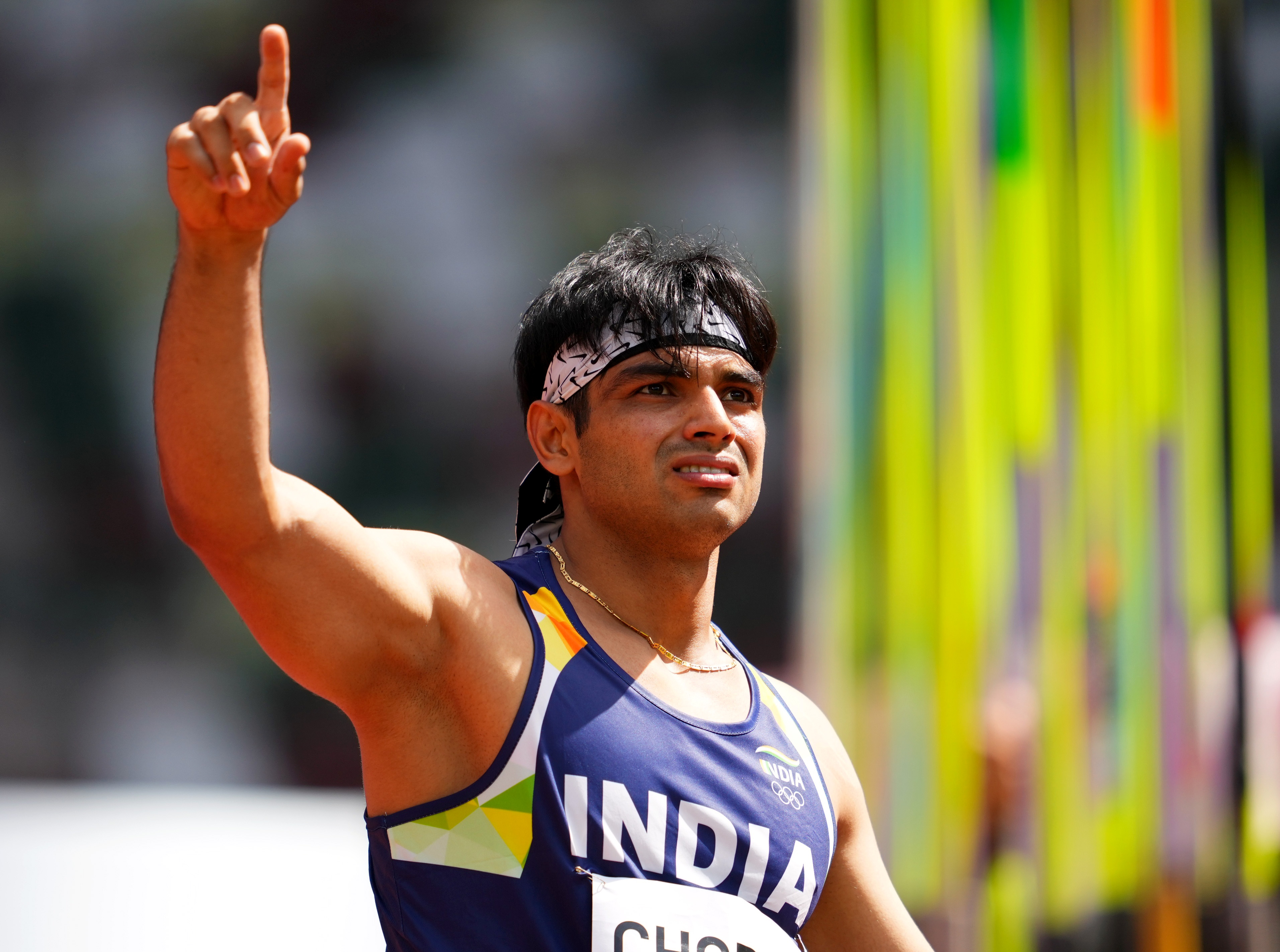History and Evolution of the Javelin Throw

The javelin throw, a captivating display of athletic prowess and precision, has a rich history spanning centuries. Its roots lie in ancient times, where it was initially practiced as a hunting and warfare technique, evolving into a competitive sport that continues to enthrall audiences worldwide.
Origins and Early Development
The javelin throw’s origins can be traced back to ancient civilizations, where it was an essential skill for hunting and warfare. Evidence suggests that the javelin throw was practiced in ancient Egypt, Greece, and Rome, with historical accounts and archaeological findings providing glimpses into its early development.
The ancient Greeks, renowned for their athleticism, incorporated the javelin throw into their sporting events, with the pentathlon, a five-event competition, including the javelin throw as one of the disciplines. This event, held during the ancient Olympic Games, showcased the versatility and athleticism of the competitors.
Evolution in Modern Times
The javelin throw’s transition into a modern sport began in the late 19th century, with the establishment of organized athletic competitions. The sport gained significant momentum in the early 20th century, with the inclusion of the javelin throw in the first modern Olympic Games held in Athens in 1896.
Early javelins were made of wood, with a metal tip, and were significantly heavier and less aerodynamic than modern javelins. These javelins were often difficult to control, resulting in inconsistent throws and injuries. The evolution of the javelin throw has been marked by significant changes in the rules, techniques, and equipment, leading to increased distances and improved safety for athletes.
Key Figures and Events
Several individuals have played a pivotal role in shaping the history of the javelin throw. Finnish athlete Matti Järvinen, a dominant force in the 1930s, revolutionized the javelin throw technique, introducing a new style that emphasized speed and power. Järvinen’s innovative approach significantly increased throwing distances, setting new world records and inspiring future generations of javelin throwers.
The 1980s saw the emergence of a new generation of javelin throwers, led by the legendary Steve Backley of Great Britain. Backley’s unparalleled technique and consistency propelled him to the forefront of the sport, winning numerous world championships and Olympic gold medals. His dominance during this era further elevated the javelin throw’s popularity and established it as a prominent event in global athletics.
Significant Milestones
- 1896: The javelin throw is included in the first modern Olympic Games, held in Athens, Greece.
- 1930s: Matti Järvinen revolutionizes the javelin throw technique, introducing a new style that emphasizes speed and power.
- 1980s: Steve Backley emerges as a dominant force in the javelin throw, winning numerous world championships and Olympic gold medals.
- 1990s: The rules governing the javelin throw are modified to enhance safety and promote a more balanced competition.
Techniques and Strategies: Olympics Javelin Throw

The javelin throw is a complex sport that requires a combination of strength, speed, and technique. Athletes must master a series of movements to launch the javelin with maximum distance and accuracy. The throw is divided into distinct phases, each contributing to the overall performance. Understanding these phases and the biomechanics involved is crucial for achieving optimal results.
Grip and Hold
The grip is the foundation of the javelin throw. The athlete holds the javelin with their dominant hand behind the center of gravity, allowing for maximum leverage and control. The index and middle fingers are placed on top of the javelin, while the other fingers wrap around the shaft. This grip provides stability and allows for a powerful release. The thumb can be placed on the top or bottom of the javelin, depending on the individual’s preference and grip strength.
Approach, Olympics javelin throw
The approach is a critical phase that builds momentum and sets the stage for the release. Athletes typically use a five-step approach, starting with a relaxed run-up. The steps are designed to generate speed and power, culminating in a final step that allows the athlete to transfer momentum to the throw. During the approach, the athlete maintains a balanced posture and focuses on maintaining a smooth, controlled movement.
Plant
The plant is the final step before the release, where the athlete brings their dominant leg forward and plants their foot firmly on the ground. This action provides a stable base for the release and allows for maximum force transfer. The plant should be precise and controlled, ensuring the athlete is in a strong position to deliver the javelin.
Release
The release is the culmination of all the preceding phases. The athlete extends their arm forward and releases the javelin with a powerful, whip-like motion. The javelin should be released at an optimal angle, typically around 35-45 degrees, to maximize distance. The athlete’s body should be aligned with the direction of the throw, with the hips rotating and the upper body extending forward.
Biomechanics
The biomechanics of the javelin throw are complex and involve a coordinated sequence of movements. The approach phase involves generating linear momentum, while the plant and release phases focus on converting that linear momentum into angular momentum. The athlete’s body acts as a lever system, with the javelin serving as the lever arm. The release is the point where the lever arm is at its maximum length, allowing for maximum force and velocity.
Throwing Styles
There are two main throwing styles: the “V” style and the “C” style.
- The “V” style is characterized by a more upright posture during the approach and release. The athlete’s body forms a “V” shape, with the shoulders and hips aligned. This style emphasizes power and stability, but can be less efficient in terms of speed and distance.
- The “C” style is more dynamic, with the athlete’s body forming a “C” shape during the approach and release. The athlete leans forward during the approach, creating a more horizontal trajectory for the javelin. This style emphasizes speed and distance, but can be more challenging to control.
Key Elements of Successful Javelin Throwing Techniques
| Element | Description |
|---|---|
| Grip | Secure grip with dominant hand behind center of gravity, index and middle fingers on top, other fingers wrapped around shaft. |
| Approach | Five-step approach, generating speed and power, culminating in a final step for momentum transfer. |
| Plant | Final step before release, dominant leg forward, foot planted firmly for a stable base. |
| Release | Powerful, whip-like motion, javelin released at an optimal angle (35-45 degrees), body aligned with throw direction. |
| Biomechanics | Linear momentum generated during approach, converted to angular momentum during plant and release. Body acts as a lever system, maximizing force and velocity. |
| Throwing Style | “V” style: upright posture, emphasizes power and stability. “C” style: dynamic, leaning forward, emphasizes speed and distance. |
Notable Athletes and Records

The javelin throw has witnessed the emergence of exceptional athletes who have pushed the boundaries of human performance, leaving an indelible mark on the sport’s history. From legendary figures who revolutionized the technique to modern-day giants who continue to break records, these athletes have captivated audiences with their strength, skill, and unwavering determination.
World Record Holders
The world records in the men’s and women’s javelin throw represent the pinnacle of human achievement in this demanding discipline. The records are a testament to the dedication, training, and innovative techniques employed by these exceptional athletes.
- Men’s World Record: The current men’s world record stands at 98.48 meters, set by Jan Železný of the Czech Republic on May 25, 1996, in Jena, Germany. Železný’s record has remained unbroken for over two decades, solidifying his position as one of the greatest javelin throwers of all time.
- Women’s World Record: The current women’s world record is held by Barbora Špotáková of the Czech Republic, who threw a remarkable 72.28 meters on September 13, 2008, in Stuttgart, Germany. Špotáková’s record stands as a testament to her exceptional skill and power.
Factors Contributing to World Records
Several factors contribute to the setting of world records in javelin throw. These include:
- Technical Proficiency: Mastering the complex technique of javelin throwing is crucial. This includes proper grip, release angle, and body mechanics, all of which play a significant role in maximizing distance.
- Strength and Power: Javelin throwing demands immense strength and power, particularly in the legs and upper body. Developing these physical attributes is essential for generating the force needed to launch the javelin with speed and accuracy.
- Aerodynamics: The design and aerodynamics of the javelin itself play a vital role in determining its flight path and distance. Modern javelins are designed to optimize lift and reduce drag, allowing for greater distances.
- Environmental Conditions: Favorable weather conditions, such as a tailwind, can significantly impact the distance of a throw. Wind speed and direction are crucial factors that athletes must consider.
Top 10 Javelin Throwers of All Time
The following table lists the top 10 javelin throwers of all time, based on their best throws:
| Rank | Athlete | Nationality | Best Throw (m) | Year |
|---|---|---|---|---|
| 1 | Jan Železný | Czech Republic | 98.48 | 1996 |
| 2 | Andreas Thorkildsen | Norway | 91.57 | 2006 |
| 3 | Aki Parviainen | Finland | 91.31 | 1999 |
| 4 | Steve Backley | Great Britain | 91.29 | 1990 |
| 5 | Seppo Räty | Finland | 91.06 | 1999 |
| 6 | Terence Stevens | United States | 90.31 | 1977 |
| 7 | Boris Henry | Germany | 90.17 | 1984 |
| 8 | Kimmo Kinnunen | Finland | 89.58 | 1991 |
| 9 | Raymond Hecht | Germany | 89.54 | 1986 |
| 10 | Uwe Hohn | Germany | 89.54 | 1984 |
The Olympics javelin throw is a captivating event, demanding both strength and precision. As we look ahead to the 2024 Games, the competition is set to be fierce, with athletes pushing the boundaries of human athleticism. For a detailed look at the evolution of this thrilling event and the contenders vying for the podium, check out this insightful article on olympic javelin throw 2024.
Whether you’re a seasoned fan or new to the sport, the Olympics javelin throw is sure to deliver an exhilarating spectacle.
The Olympics javelin throw is a thrilling event, where athletes showcase their strength, precision, and athleticism. The ultimate goal is to hurl the javelin the furthest distance possible, but it’s not just about brute force. The javelin throw Olympics final is a spectacle of intense competition where the top athletes in the world go head-to-head for the coveted gold medal.
Every throw counts, and the pressure is immense, making the javelin throw one of the most captivating events at the Olympics.
